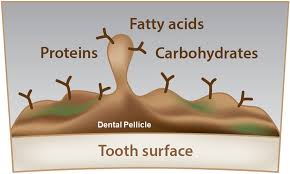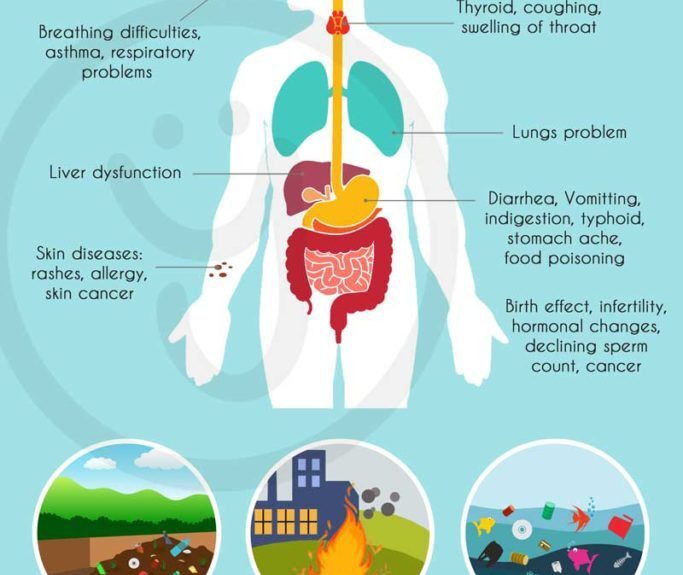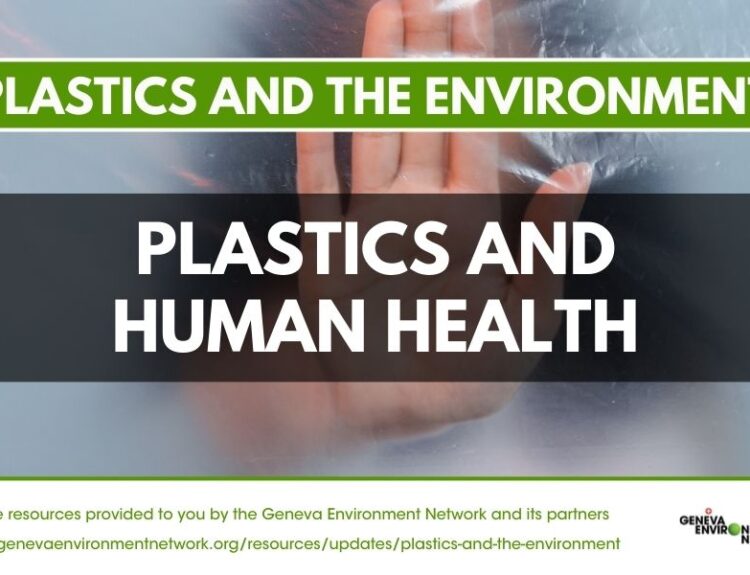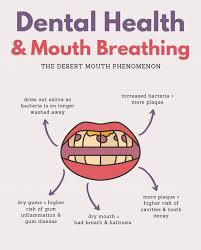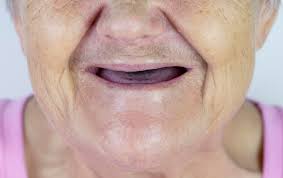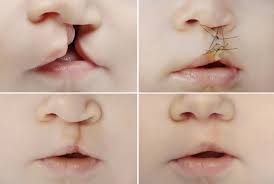Dental pellicle is a thin layer of salivary proteins that forms on the surface of teeth shortly after tooth brushing. It adheres firmly to the enamel of teeth creating a protective layer. The pellicle acts as a conditioning layer that facilitates the adhesion of early bacterial colonizing bacteria to the tooth surface. As bacteria bind to the pellicle, they multiply and secrete carbohydrate, leading to the deposition of dental plaque. It should be removed regularly through efficient tooth brushing. If it is not removed, mineralization can occur, leading to calculus (tartar) formation, which further promotes plaque retention.
Several biological factors influence the formation of dental pellicle;
Saliva Composition: The makeup of saliva, what proteins and other substances are in it, really matters. Certain proteins like Mucins, Proline-rich proteins, and Statherin are especially important because they help form the pellicle.
Salivary Flow Rate: A healthy individual produces a half milliliter per minute. It can alter due to various factors. The rate at which saliva flows in the mouth significantly effects pellicle formation. Higher salivary flow rates can lead to quicker pellicle formation due to the increased availability of salivary proteins.
Oral Microorganism: The presence and activity of microorganisms in the oral cavity can influence pellicle formation. Some bacteria can interact with salivary proteins, potentially altering the structure and properties of the pellicle.
pH Levels: The pH of the oral environment also affects the charge and conformation of salivary proteins, influencing their ability to adhere to the tooth surface and form the pellicle.
Diet and Nutrition: Dietary components can modify salivary composition and flow. Acidic foods and beverages lower oral pH, while certain nutrients can affect salivary gland function and protein secretion.
Hormonal Changes: Hormonal fluctuations, such as those occurring during puberty, pregnancy, or due to endocrine glands disorders, alters salivary gland function and saliva composition, thereby affecting pellicle formation.
Genetic Factors: Individual genetic variations can influence the expression and function of salivary proteins, leading to differences in pellicle formation among individuals.
Health Status: Systemic health conditions, such as autoimmune diseases or infections, can disturb salivary gland function and saliva production, thereby affecting pellicle formation.
Medications: Certain medications can have side effects that reduce salivary flow or alter saliva composition, affecting the formation and quality of the pellicle.
Age: Salivary gland function and saliva composition can change with age, potentially altering the rate and quality of pellicle formation.

